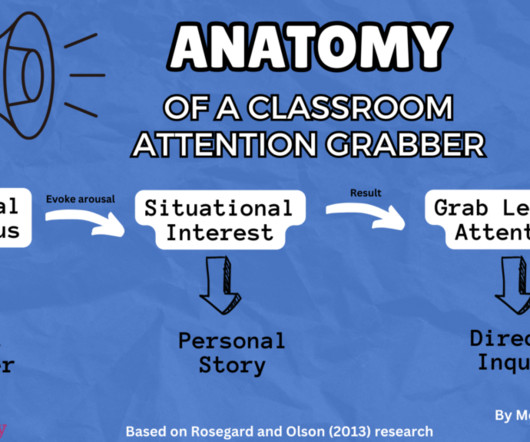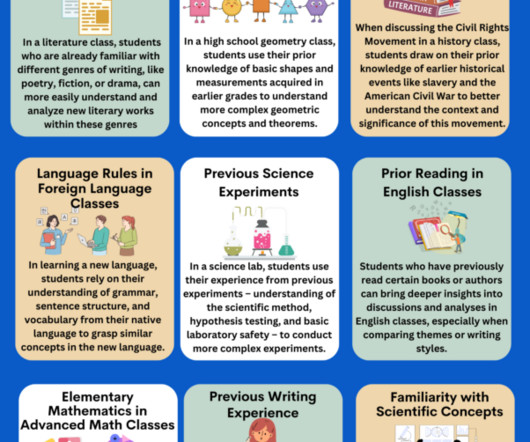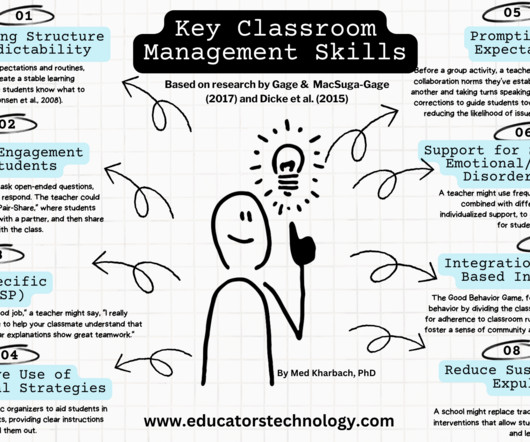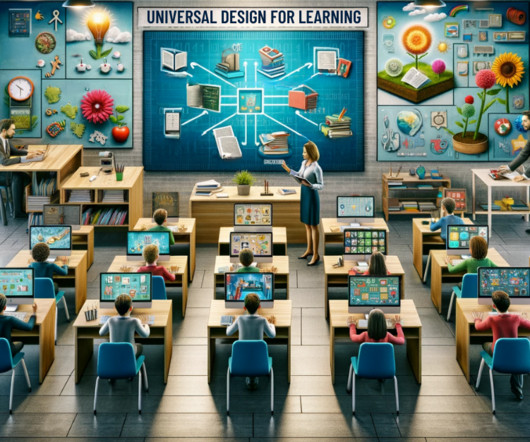30 Effective Classroom Attention Getters with Examples
Educational Technology and Mobile Learning
DECEMBER 29, 2023
This state of boredom is not just an occasional inconvenience; it is a significant barrier to effective learning. Research has consistently highlighted the detrimental effects of boredom on student learning. This approach appeals to different learning styles and keeps students engaged (Mayer, 2003). References Berk, R.




















Let's personalize your content